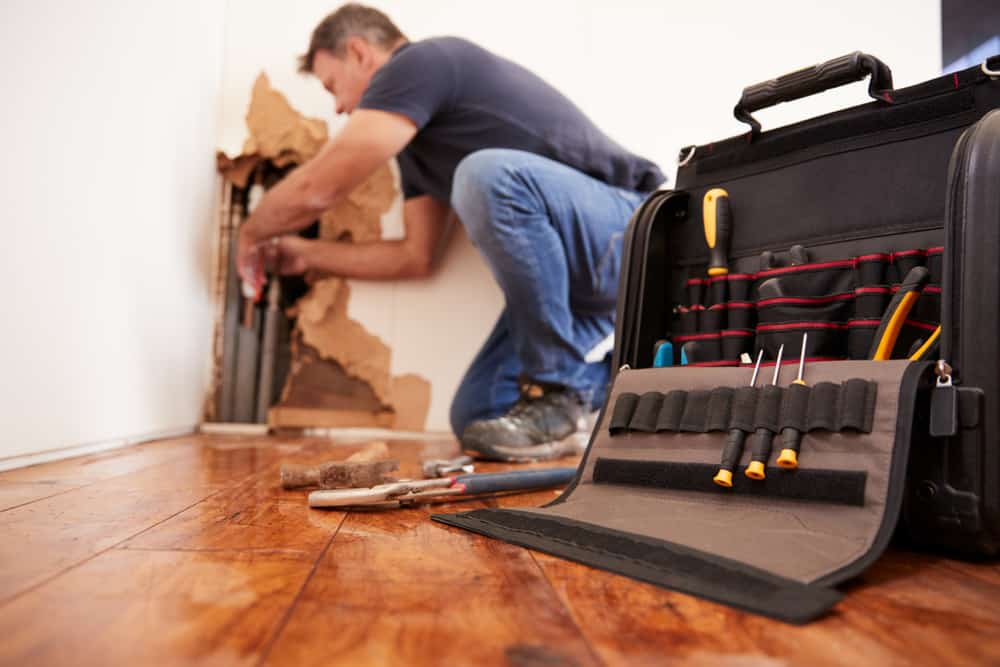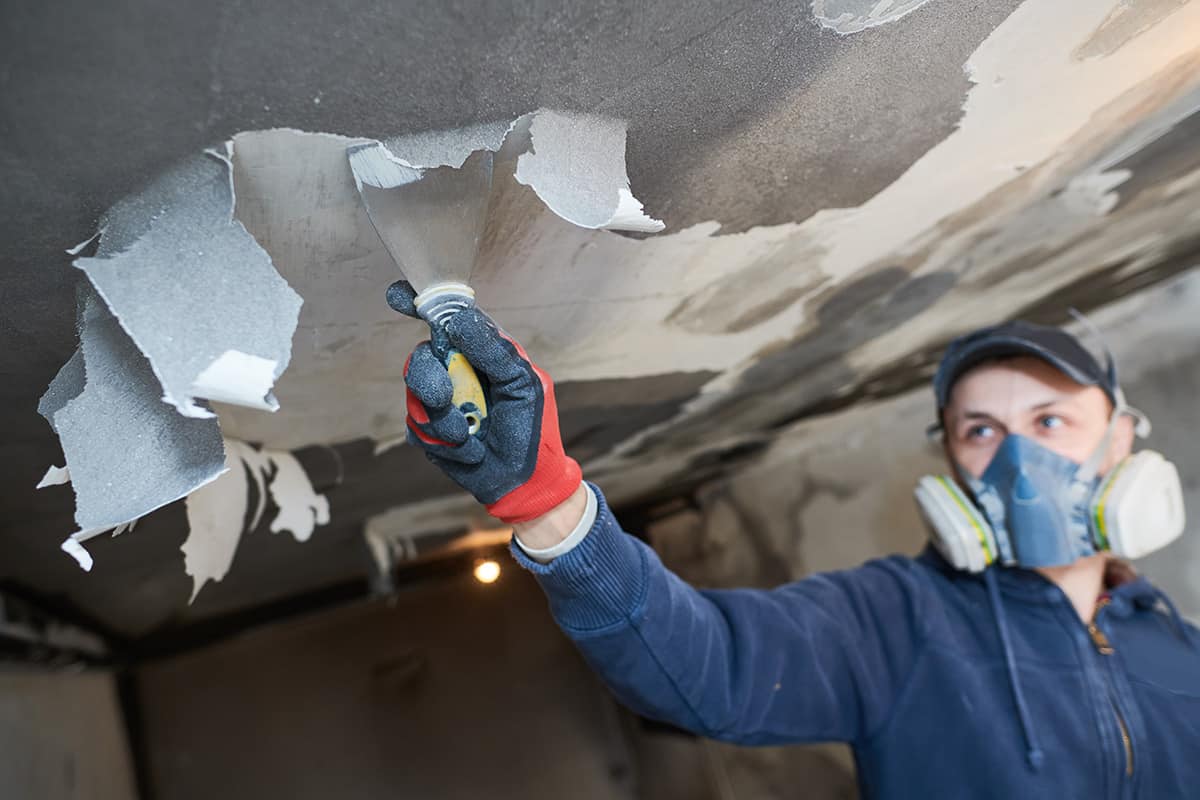7 Tips for Flood Repair
In one of our recent articles, we talked a little bit about the flood cleanup process. In that article, we described the different categories of water damage and discussed the flood cleanup process. But today we wanted to talk about something a little different. Instead of describing the categories of water damage and what the process looks like, we want to give you some simple steps you can take to make sure that the flood repair process goes as smoothly as possible. It’s our goal to make sure a disaster doesn’t get to keep the things it takes from you. That’s why today we wanted to give you a list of 7 tips for flood repair so that you can know what steps to take after a flood.
1) Take pictures of all the damage
It’s incredibly important to have a record of all the damage that you can present to your insurer, which is why this is the first thing on our list. Before you do anything else, make sure you have everything documented. If you choose not to do this and start cleaning your home instead, you can actually limit your insurance coverage for the flood damage.
2) Be sure to call your insurance company as soon as possible
This is another thing you should do as soon as possible. There are some things you’ll need to work out with your insurance carrier, depending on the water damage and the extent of your coverage. Your insurance company may give you some ideas about what to do (or what not to do) during the flood repair process, and it’s always a good idea to follow their directions. They may also want to send an insurance adjuster to your property to assess the damage.
3) Make sure the environment is safe
Once you connect with your insurance company and call a professional restoration company to your property, it’s important to make sure the environment is safe before re-entering. If the flood forced you to evacuate, take a look around your property and make sure that it’s safe to re-enter. Flooding can often cause damage to a home’s foundation, so being as cautious as possible is a good idea. If anything looks even remotely unsafe, wait for professional help to arrive. Your restoration company can also help you retrieve necessary items such as clothing or luggage, for if you need to leave your home during flood repair.
4) Get the water dry as fast as possible
Unfortunately, water damage and standing water isn’t one of those things that gets better with time. In fact, standing water becomes far more dangerous after just a few days. Standing water encourages things like pests and mold growth, as well as dangerous microbes and bacteria. Even clean, Category 1 water damage can quickly become Category 3 water damage (black water or sewage-quality water) if left alone for too long. Getting the water dry as quickly as possible saves you from having to deal with far more dangerous problems. Plus, cleaning Category 1 water damage is a lot less expensive than cleaning Category 3 water damage. This means that avoiding hesitation when it comes to flood repair is a great way to save money.
Of course, we never recommend that anyone tries to dry out their home by themselves. There’s a reason people hire professionals. Getting material dry is not often as easy as it sounds, even in dry climates. But, this is where you should start if you are even dealing with small amounts of water being spilled in your home.
5) Use air movers and dehumidifiers to help dry the affected area
The longer you leave water damage alone, the more damage it deals to your home. In fact, leaving water damage alone for too long can even damage your foundation. For smaller amounts of water damage, use air movers (not fans) to keep air circulating around the water damage. You will also absolutely need industrial dehumidifiers to dry the area (another reason you want to hire professionals. Home-grade dehumidifiers will not pull enough moisture from the air to dry a property enough for substantial flood repair).
Opening windows and relying on air movement is not a sure strategy. Moisture often imbeds itself deep into material, and needs a drying source. Depending on temperature and humidity, outside air might not cut it. And remember, the longer you wait, the harder and harder it becomes to clean.
6) Remove water-damaged furniture
Another way you can help the drying process is by taking affected furniture away from the flooded area. You may even consider taking it outside if weather is good. Leaving pieces of furniture under the sun can be a great way to make sure they begin drying, while you’re waiting for a professional contents cleaning company to arrive (often connected to your property restoration company). Doing this quickly can help save furniture that the water might otherwise damage beyond repair, so make sure to take it away from the flood damage as soon as you possibly can.
7) Keep an eye out for mold growth
Our list of 7 tips for flood repair would be incomplete without this one. One of the most common problems with water damage is that it can encourage mold growth throughout your home. Mold colonies grow best in places that are dark and full of moisture. So, if your basement floods and you’re not able to dry it out right away, it can become a perfect breeding ground for mold colonies. If you find that there is mold in your home, there’s no need to panic. Companies like us that offer mold remediation services can help make sure that mold colonies don’t have a negative impact on your health or the health of your family.



